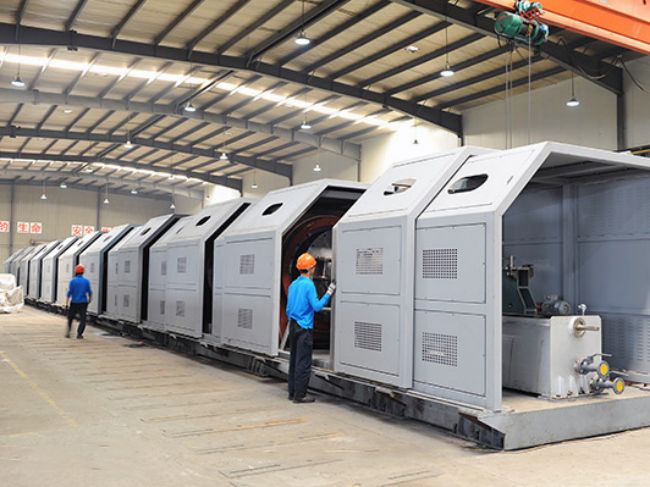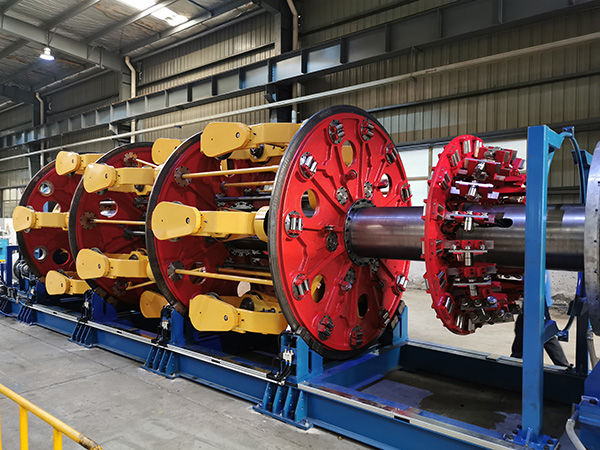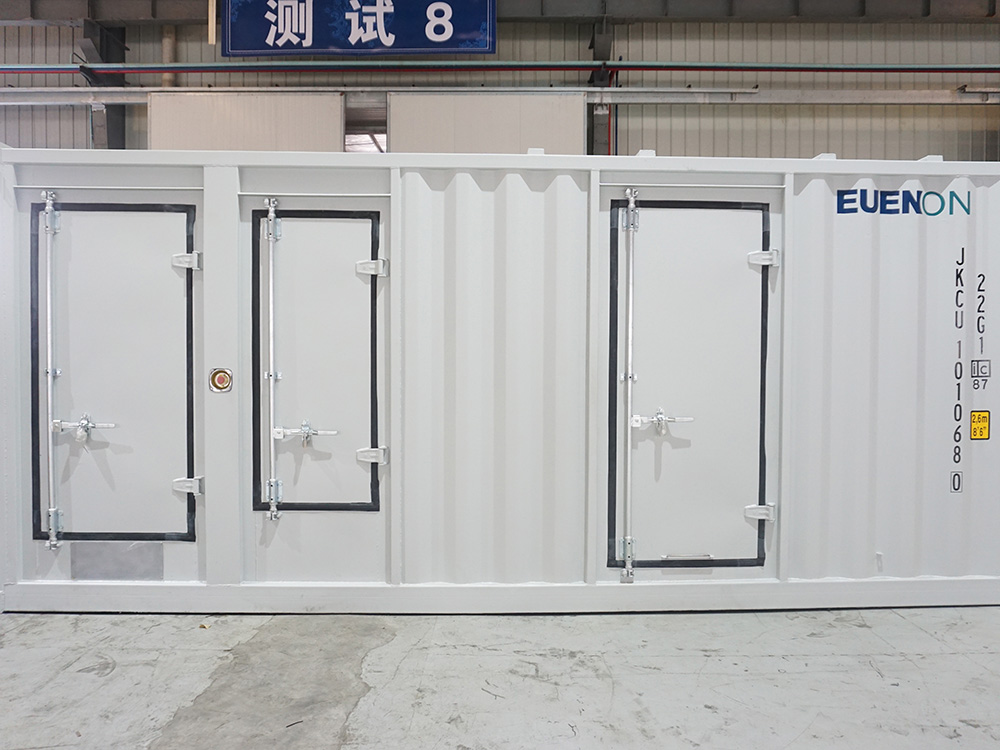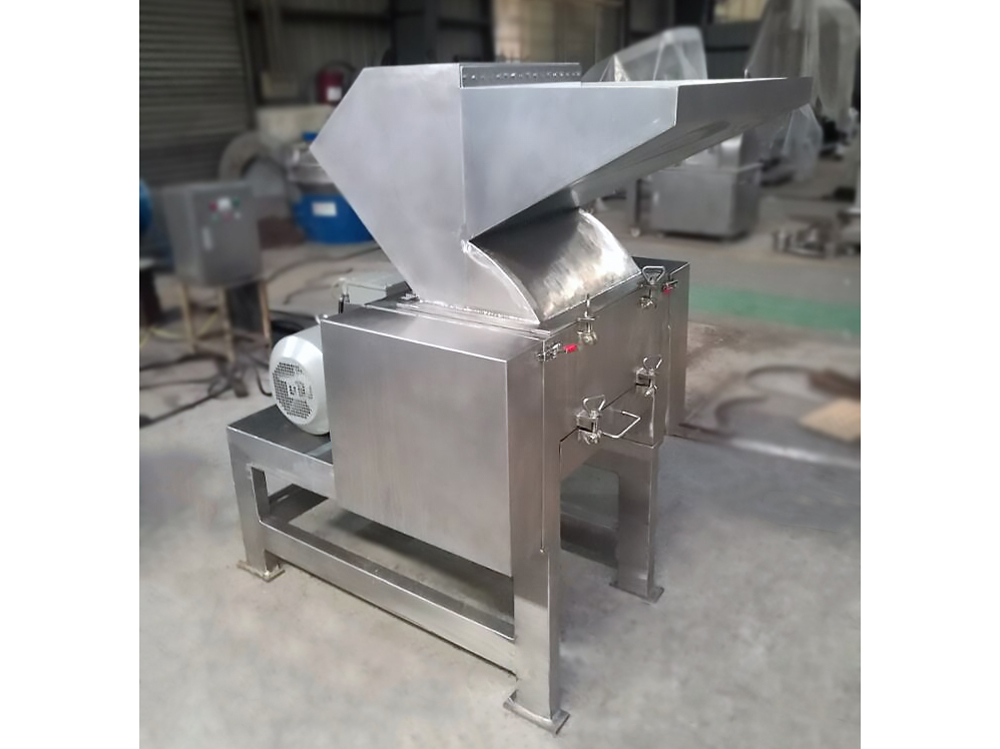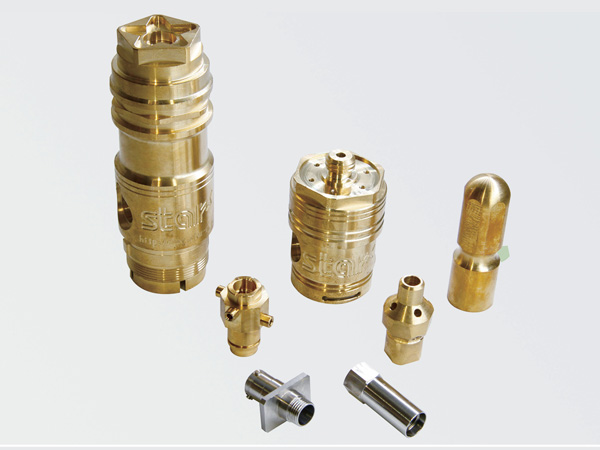Products
Cheap Pricelist For Steel Rope Making Machine - Pickling and phosphating (boronizing) production line – Fasten
Cheap Pricelist For Steel Rope Making Machine - Pickling and phosphating (boronizing) production line – Fasten Detail:
Feature
High production capacity, high efficiency, low consumption, few operation faults and less area requirement, low consumption, high automation.
Parameters
|
1 |
Pay-off: load the wire rod on the production line. |
|
2 |
Water seal & Degreasing: Degreasing and cleaning the wire rods entering the production line to wash away the oily attachments on the surface. |
|
3 |
Water seal & Degreasing: Degreasing and cleaning the wire rods entering the production line to wash away the oily attachments on the surface. |
|
4 |
Rinsing: Clean the wire rod after degreasing to remove oils. |
|
5 |
Pickling: Remove the oxide layer on the surface of the wire rod, chemical reaction. |
|
6 |
Rinsing: Clean the wire rod after pickling to remove some residual acid and ferrous iron. |
|
7 |
Rinsing: Further cleaning the wire rod surface. |
|
8 |
High pressure spraying: To perform high-pressure washing on the inner and outer surfaces of the wire rod to remove residual acid and ferrous ions on the surface of the wire rod. |
|
9 |
Surface conditioning: Remove most of the ferrous iron and iron compounds remaining on the surface of the wire rod after pickling; Facilitate the formation of phosphating film with fine and compact grains; Improve the adhesion of phosphate coating. |
|
10 |
Phosphating: Form a phosphate film on the surface of the wire rod. |
|
11 |
High pressure spraying: Remove the phosphating liquid and slag on the wire rod after phosphating. |
|
12 |
Rinsing: Remove the phosphating liquid and slag on the surface of the wire rod after spraying. |
|
13 |
Boronizing: Neutralize the residual acid on the surface of the wire rod. Formed a loose and porous puffed coating on wire rod surface convenient for wire drawing. |
|
14 |
Liming: Neutralize the residual acid on the surface of the wire rod. Formed a liming coating on wire rod surface convenient for wire drawing. |
|
15 |
Saponification: Saponify the surface of the wire rod. |
|
16 |
Drying: Dry the surface of the wire rod. |
|
17 |
Take-up: Unload the processed wire rods from the production line. |
Product detail pictures:








Related Product Guide:
Assume full obligation to meet all demands of our customers; accomplish ongoing advancements by promoting the advancement of our customers; become the final permanent cooperative partner of clientele and maximize the interests of shoppers for Cheap Pricelist For Steel Rope Making Machine - Pickling and phosphating (boronizing) production line – Fasten , The product will supply to all over the world, such as: Singapore, Iran, Ethiopia, With the aim of "compete with good quality and develop with creativity" and the service principle of "take customers' demand as orientation", we will earnestly provide qualified products and solutions and good service for domestic and international customers.
This company can be well to meet our needs on product quantity and delivery time, so we always choose them when we have procurement requirements.
Write your message here and send it to us



